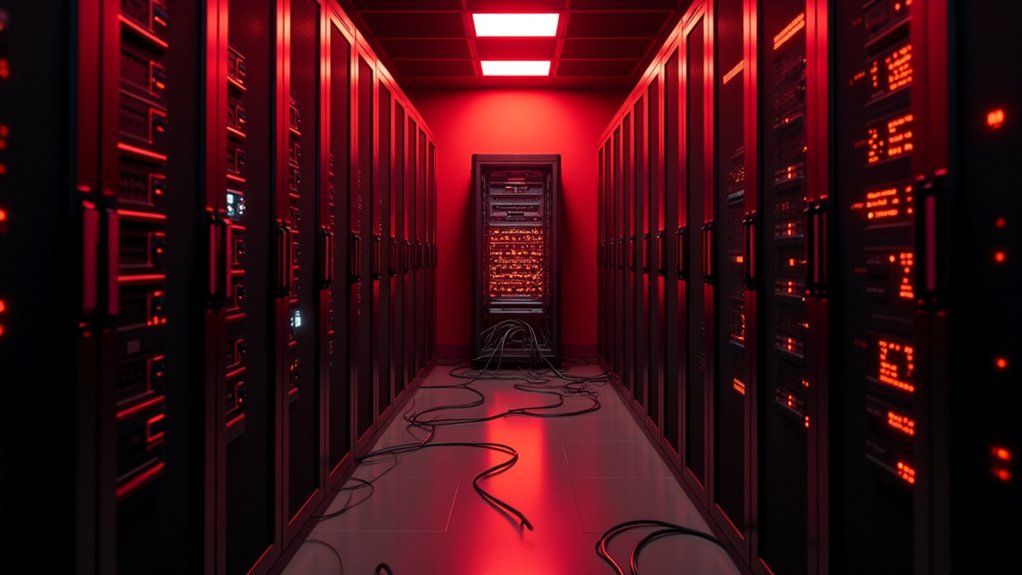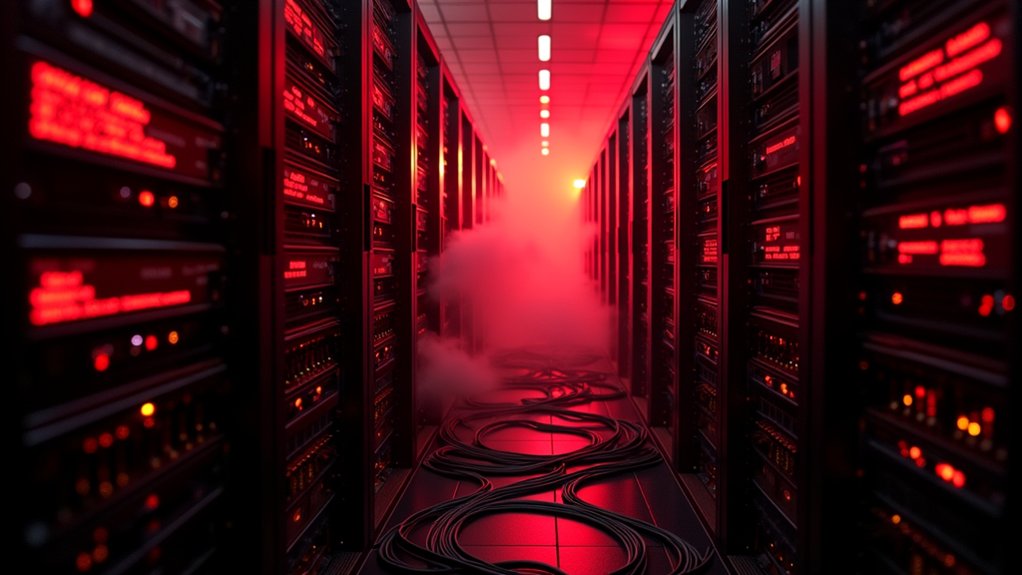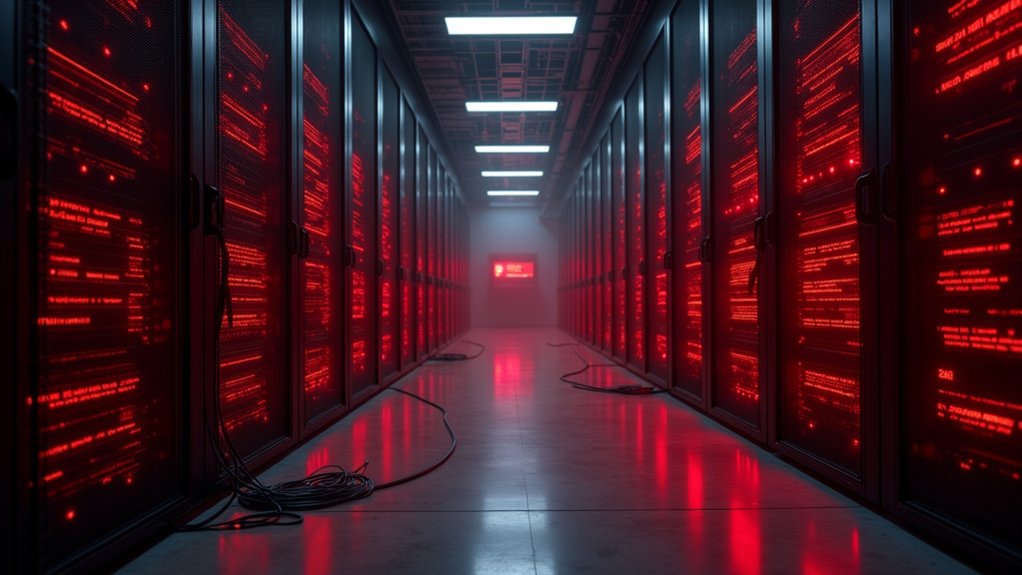As cybercriminals intensify their digital assault on global infrastructure, ransomware attacks have reached unprecedented levels in 2025, with organizations worldwide facing a surge that threatens to reshape the cybersecurity setting. The dramatic escalation represents a 46% increase compared to the previous year, signaling an alarming acceleration in cybercrime activity across multiple sectors and geographic areas.
January 2025 established a troubling precedent with 92 disclosed ransomware attacks, marking a 21% year-over-year increase and setting a record-breaking pace for the year ahead. INTERPOL’s global data reinforces this trend, documenting a 70% increase in ransomware incidents worldwide, though actual figures likely exceed reported numbers because of widespread underreporting across various industries and nations.
The financial implications of this cyber epidemic are staggering, with global ransomware-related damages projected to reach $57 billion in 2025. This translates to approximately $4.8 billion monthly, $1.1 billion weekly, and $156 million daily in economic losses. The costs represent an astronomical increase from $325 million annually in 2015, with projections indicating damages could exceed $20 billion per month by 2031.
Industrial operational technology systems have emerged as prime targets for cybercriminals, who increasingly focus on organizations with critical infrastructure and minimal tolerance for operational downtime. Manufacturing, healthcare, retail, and financial sectors have experienced sustained pressure throughout 2025, as attackers exploit supply chain vulnerabilities to maximize impact and utilize organizations’ willingness to pay substantial ransoms. Major corporations like Kettering Health have been forced to cancel medical procedures due to ransomware-induced system outages, highlighting the critical impact on essential services.
Geographic distribution reveals that 54% of attacks targeted U.S.-based organizations, whereas the Middle East, Asia-Pacific, and Africa regions showed the highest proportional rates of users attacked. The Play ransomware group dominated the threat environment, accounting for 19% of global attacks, while ransomware-as-a-service models facilitated broader access to sophisticated attack tools. Manufacturing continues to face the highest rate of attacks as attackers target the industry’s critical infrastructure and operational dependencies, making it the most consistently affected sector across multiple reporting periods.
Cybercriminals have intensified their extortion tactics through double and triple extortion strategies, combining data encryption with theft and threats of public disclosure. Leak sites serve as negotiation resources, while threat actors increasingly threaten to report victims to data protection authorities when ransom demands remain unpaid, creating additional regulatory pressure beyond operational disruption.









